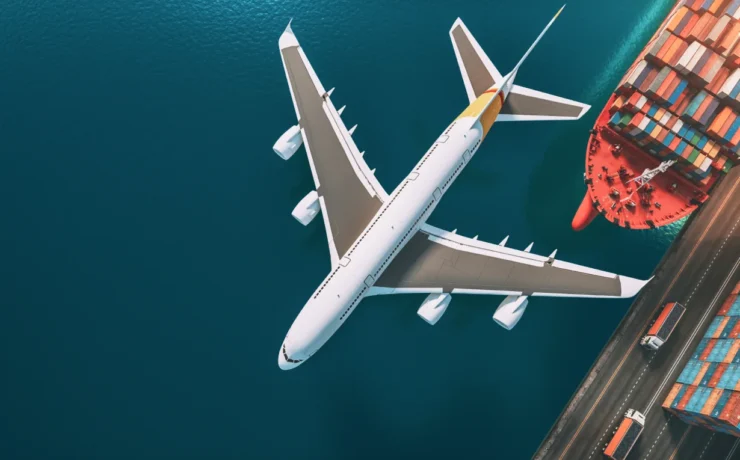Style
The Power of Intermodal Transport: Seamless Journeys, Sustainable Solutions
Headline: Connecting the Dots: Why Intermodal Transport is the Smart Choice for Global Trade
Outline:
Introduction: The concept of intermodal transport – combining different modes (road, rail, sea, air) to maximize efficiency and sustainability for a single shipment. Focus on road-rail-sea connections.
What is Intermodal Transport?
Using standardized loading units (like ISO containers) that can be easily transferred between different transport modes without handling the goods themselves.
Example: Truck from factory to rail terminal, train across country, truck from rail terminal to customer.
Advantages:
Cost Savings: Often cheaper for long distances than pure road transport.
Environmental Benefits: Reduced carbon footprint (especially via rail and sea).
Efficiency: Bypass road congestion, especially for high-volume routes.
Capacity: Trains and ships can move much larger volumes.
Reduced Risk: Less handling of individual goods, reducing damage and theft.
Key Components:
Standardized Containers: The backbone of intermodal transport.
Terminals and Hubs: Where transfers between modes occur.
Digital Platforms: For tracking, scheduling, and managing intermodal shipments.
Challenges:
Need for efficient terminals and infrastructure.
Potential for delays at transfer points.
“First and last mile” still requires road transport.
Coordination complexity.
Conclusion: Intermodal transport is crucial for building robust, sustainable, and cost-effective supply chains, especially in regions like Europe where diverse transport networks are well-integrated.
